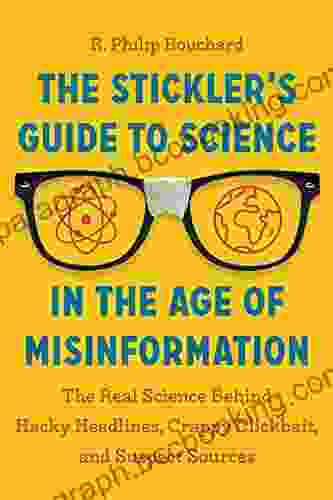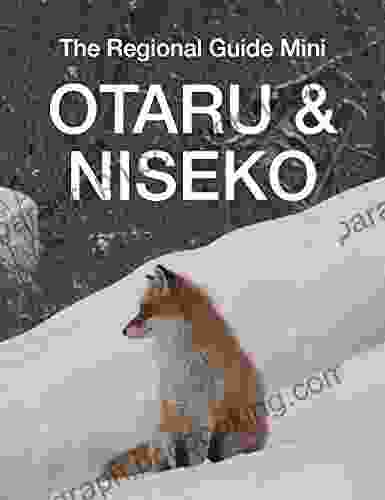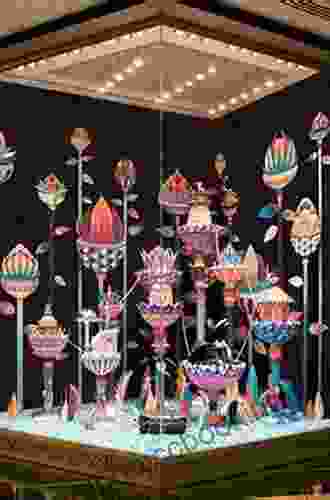The Real Science Behind Hacky HeadlinesCrappy Clickbait And Suspect Sources

In an era where information bombards us from every corner of the internet, navigating the digital landscape has become increasingly challenging. The proliferation of sensationalized headlines, dubious sources, and blatant misinformation has made it essential for us to become more discerning consumers of information.
4.1 out of 5
| Language | : | English |
| File size | : | 9109 KB |
| Text-to-Speech | : | Enabled |
| Screen Reader | : | Supported |
| Enhanced typesetting | : | Enabled |
| Word Wise | : | Enabled |
| Print length | : | 280 pages |
| Lending | : | Enabled |
This article delves into the psychological and cognitive science behind hacky headlines, crappy clickbait, and suspect sources, empowering you with the knowledge to spot these deceptive tactics and make informed choices about the information you consume.
Clickbait: The Science of Tantalizing Headlines
Clickbait headlines are designed to pique your curiosity and trigger a sense of urgency or excitement, compelling you to click and engage with the content. These headlines often employ attention-grabbing techniques such as:
- Hyperbole: Exaggeration to create a sense of urgency or shock
- Sensationalism: Exaggerating or oversimplifying information to stir emotions
- Curiosity gap: Posing a question or hinting at something intriguing without providing immediate resolution
Research suggests that certain brain regions, such as the amygdala and striatum, are activated when we encounter clickbait headlines. These regions are linked to emotional arousal and reward anticipation, which explains why clickbait can be so alluring.
Cognitive Biases and Clickbait
Our brains are susceptible to cognitive biases, which are mental shortcuts that can lead us to make irrational decisions. Clickbait headlines exploit these biases to trick us into clicking:
- Confirmation bias: Seeking information that confirms our existing beliefs
- Negativity bias: Paying more attention to negative information
- Curiosity bias: Being drawn to novel and surprising information
Understanding these cognitive biases can help us recognize and resist the deceptive tactics employed by clickbait headlines.
The Dangers of Clickbait
While clickbait may be tempting, it poses several risks:
- Misinformation: Clickbait often distorts or sensationalizes information, leading to the spread of incorrect or misleading information.
- Time-wasting: Clicking on clickbait can lead to endless rabbit holes of low-quality content.
- Erosion of trust: Repeated exposure to unreliable headlines can erode our trust in media and information sources.
Suspect Sources: Identify and Evaluate
Identifying suspect sources is crucial for discerning credible information. Consider these factors:
- Website design and purpose: Is the website professionally designed? Is there a clear purpose or is it filled with sensationalistic content?
- Authorship: Is the article written by a reputable author? Check for credentials and affiliations.
- Bias and agenda: Does the article exhibit a clear bias or agenda? Check for political or commercial motivations.
- Evidence and references: Are the claims supported by solid evidence and credible references?
By evaluating these factors, you can identify and avoid suspect sources that spread misinformation and bias.
Media Literacy and Critical Thinking
The key to navigating the information landscape effectively lies in media literacy and critical thinking. Media literacy involves understanding the nature, purpose, and effects of media. Critical thinking enables us to evaluate information objectively, identify biases, and make informed judgments.
Here are some tips for developing media literacy and critical thinking skills:
- Question the source: Always consider the source of information and their potential biases or agendas.
- Read laterally: Seek multiple sources and perspectives to gain a comprehensive understanding.
- Examine the evidence: Evaluate the evidence presented in an article or headline, considering its validity and reliability.
- Check for logical fallacies: Recognize and avoid logical fallacies, such as ad hominem attacks or straw man arguments.
- Discuss and debate: Engage in informed discussions and debates to challenge your own assumptions and consider alternative viewpoints.
Navigating the digital jungle of hacky headlines, crappy clickbait, and suspect sources requires vigilance and skepticism. By understanding the psychological and cognitive science behind these tactics, we can become more discerning consumers of information.
Developing media literacy and critical thinking skills is essential for making informed choices about what we read, believe, and share. By embracing these skills, we can empower ourselves to navigate the information landscape with confidence and avoid the pitfalls of misinformation and bias.
Remember, the truth is worth waiting for. Resist the temptations of clickbait and take the time to seek credible and reliable sources of information.
4.1 out of 5
| Language | : | English |
| File size | : | 9109 KB |
| Text-to-Speech | : | Enabled |
| Screen Reader | : | Supported |
| Enhanced typesetting | : | Enabled |
| Word Wise | : | Enabled |
| Print length | : | 280 pages |
| Lending | : | Enabled |
Do you want to contribute by writing guest posts on this blog?
Please contact us and send us a resume of previous articles that you have written.
 Book
Book Novel
Novel Page
Page Chapter
Chapter Text
Text Story
Story Genre
Genre Reader
Reader Library
Library Paperback
Paperback E-book
E-book Magazine
Magazine Newspaper
Newspaper Paragraph
Paragraph Sentence
Sentence Bookmark
Bookmark Shelf
Shelf Glossary
Glossary Bibliography
Bibliography Foreword
Foreword Preface
Preface Synopsis
Synopsis Annotation
Annotation Footnote
Footnote Manuscript
Manuscript Scroll
Scroll Codex
Codex Tome
Tome Bestseller
Bestseller Classics
Classics Library card
Library card Narrative
Narrative Biography
Biography Autobiography
Autobiography Memoir
Memoir Reference
Reference Encyclopedia
Encyclopedia John Vornholt
John Vornholt Peggy Tharpe
Peggy Tharpe Kyoko Mori
Kyoko Mori Kristen Jervis Cacka
Kristen Jervis Cacka Tina Nicastro Maom Lac
Tina Nicastro Maom Lac Jonathan Downie
Jonathan Downie John Womack
John Womack Joshua Kurlantzick
Joshua Kurlantzick Len Goodman
Len Goodman John Wesson
John Wesson Johnathan Leow
Johnathan Leow Jon Ronson
Jon Ronson Shannon Brown
Shannon Brown Jose Antonio Vargas
Jose Antonio Vargas Jonathan D Sarna
Jonathan D Sarna Jonathan Raban
Jonathan Raban Scott Berinato
Scott Berinato Margaret K Nydell
Margaret K Nydell Joy Jones
Joy Jones Joseph Q Jarvis
Joseph Q Jarvis
Light bulbAdvertise smarter! Our strategic ad space ensures maximum exposure. Reserve your spot today!
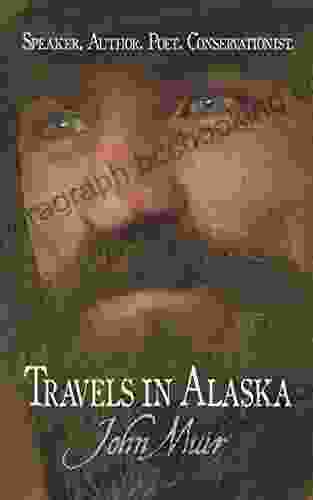
 Ralph Waldo EmersonUnveiling the Untamed Beauty of Alaska: An Illustrated and Annotated Journey
Ralph Waldo EmersonUnveiling the Untamed Beauty of Alaska: An Illustrated and Annotated Journey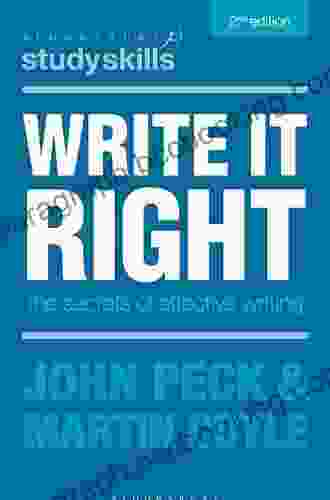
 Andres CarterUnlock the Secrets of Effective Writing: Elevate Your Skills with Bloomsbury...
Andres CarterUnlock the Secrets of Effective Writing: Elevate Your Skills with Bloomsbury...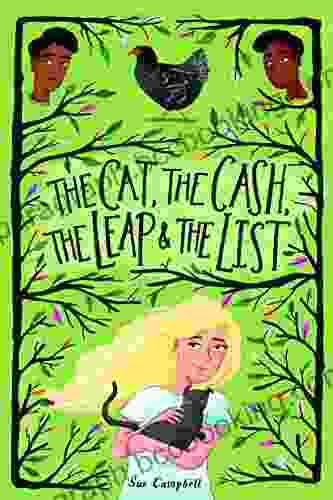
 David MitchellUnveiling the Intriguing Journey of The Cat, The Cash, The Leap, and The List
David MitchellUnveiling the Intriguing Journey of The Cat, The Cash, The Leap, and The List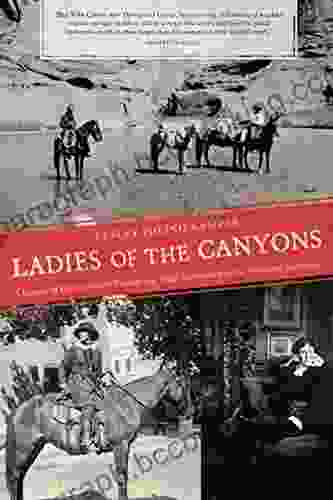
 Kevin TurnerLeague of Extraordinary Women: Uncovering Their Adventures in the American...
Kevin TurnerLeague of Extraordinary Women: Uncovering Their Adventures in the American... Brett SimmonsFollow ·19.3k
Brett SimmonsFollow ·19.3k Jerome PowellFollow ·17.3k
Jerome PowellFollow ·17.3k Dustin RichardsonFollow ·7.9k
Dustin RichardsonFollow ·7.9k Thomas PowellFollow ·9.7k
Thomas PowellFollow ·9.7k Andrew BellFollow ·10.2k
Andrew BellFollow ·10.2k Stephen KingFollow ·6.7k
Stephen KingFollow ·6.7k Gabriel MistralFollow ·19.2k
Gabriel MistralFollow ·19.2k Jean BlairFollow ·8.9k
Jean BlairFollow ·8.9k
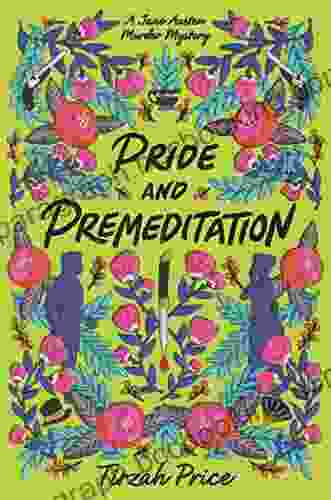
 Joseph Foster
Joseph FosterUnravel the Enigmatic Murders in "Pride and...
Dive into a World...
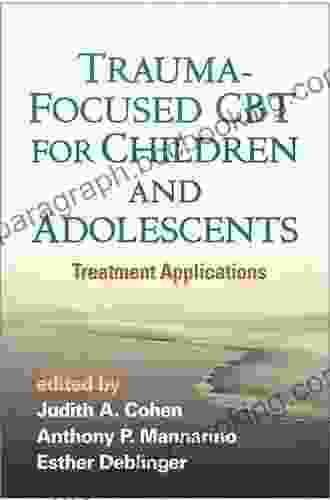
 Jeffery Bell
Jeffery BellTrauma-Focused CBT for Children and Adolescents: The...
Trauma is a...
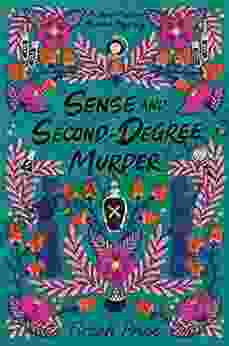
 Jorge Luis Borges
Jorge Luis BorgesSense and Second Degree Murder: A Jane Austen Murder...
Prepare yourself for a...

 Chase Simmons
Chase SimmonsUnleash the Vibrant World of Watercolor: An Enchanting...
In the world of art, watercolor painting...
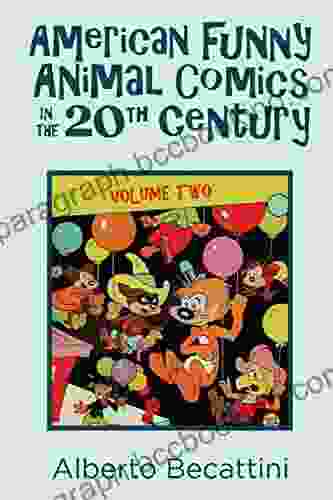
 Rubén Darío
Rubén DaríoAmerican Funny Animal Comics In The 20th Century: A...
Step into a bygone era of laughter and...
4.1 out of 5
| Language | : | English |
| File size | : | 9109 KB |
| Text-to-Speech | : | Enabled |
| Screen Reader | : | Supported |
| Enhanced typesetting | : | Enabled |
| Word Wise | : | Enabled |
| Print length | : | 280 pages |
| Lending | : | Enabled |


